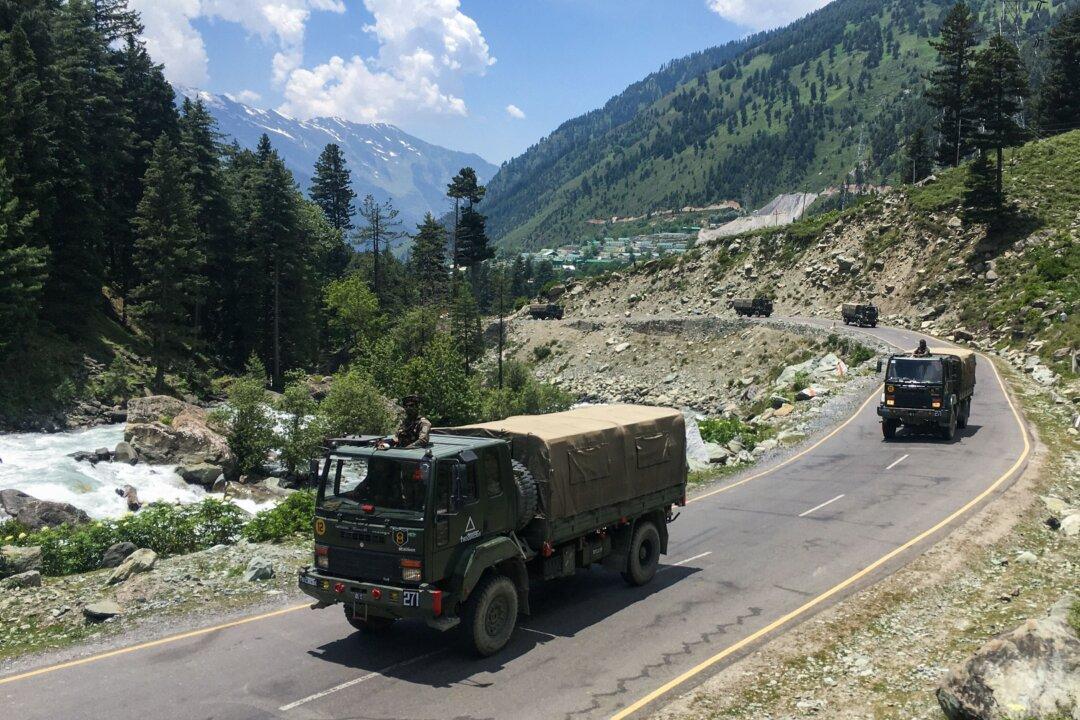NEW DELHI—India is constructing 57 roads, refurbishing 32 helipads, and developing 47 outposts and 12 staging camps for its ITBP (Indo-Tibetan Border Police) along its border with China. The country is also building a standalone road of critical significance along the border in Ladakh, the region at the northern tip of India where it has faced a tense standoff with the PLA since last year.
The Upper House of the Indian Parliament, Rajya Sabha, was informed on March 15 that India’s Ministry of Home Affairs has focused on border infrastructure in the fiscal year 2020-21, and has spent $297 million (2156.09 crores) in 2019-20 on various border projects reported The Hindu, a national daily.





